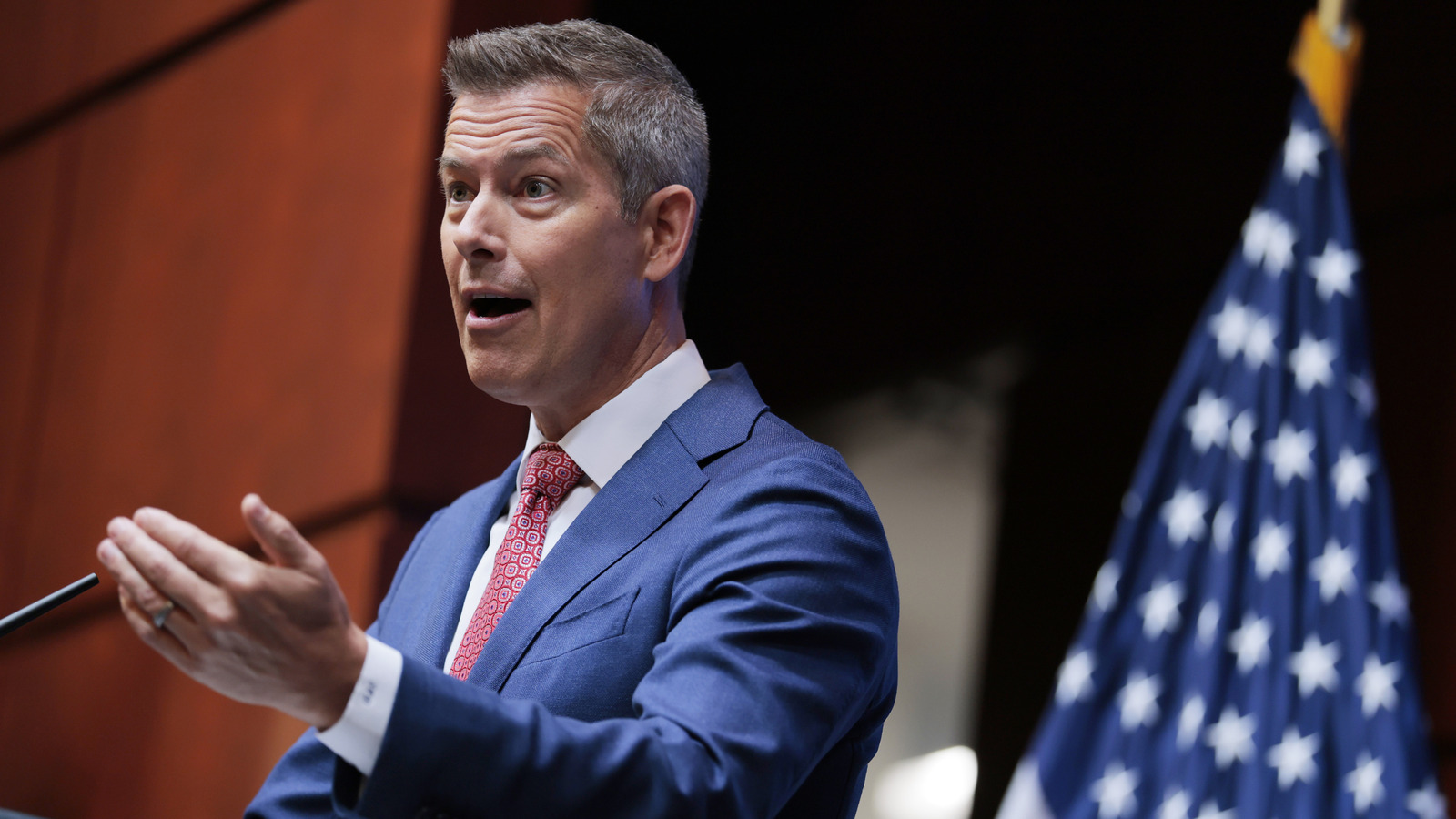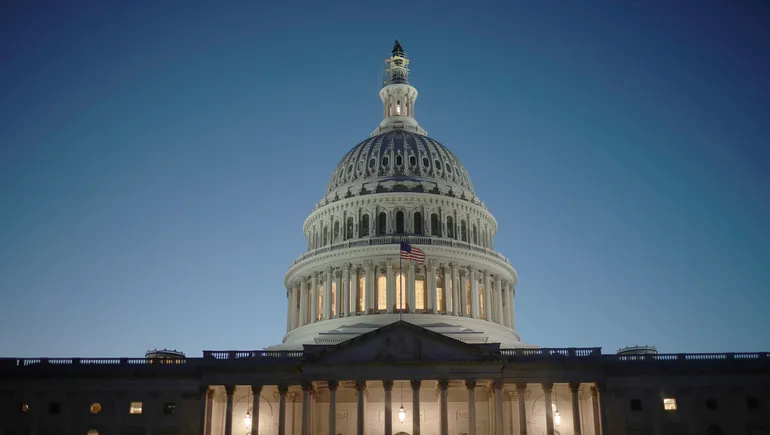The Weapons of the Weak Before the Movement
For the Balkinization symposium on Dylan C. Penningroth, Before the Movement: The Hidden History of Black Civil Rights (Liveright, 2023).The rule of law provides the foundation for structuring elite domination and a forge for fashioning the weapons of the weak. The substance of law inevitably reflects the interests and values of the lawmaking, law enforcing, and law interpreting class. One hardly needs to be a Marxist to understand how the law of property, contract, and business associations privilege those who have property to bestow by contract or protect by incorporation. The freedom of the press secures the rights of those who have access to a press. Elites that govern by law nevertheless provide a pathway by which the less fortunate successfully make rights claims. The Supreme Court vindicated Joseph Lochner’s right to work his immigrant bakers more than ten hours a day, but the same justices would have vindicated the right of those bakers to receive their contracted-for wages. A small incorporated black church in rural 1910 Alabama had the same limited liability as U.S. Steel. The common law tort of seduction illustrates how law creates status hierarchies while providing resources for the disadvantaged to assert rights against the advantaged. Men committed the tort of seduction by breaking off an engagement after having sexual relations with a woman they promised to marry. Women, the theory went, who were normally expected to resist the amorous advances of men who were not their husbands, could not be expected to and probably should not be expected to resist, after their male partner proposed matrimony. The seduction tort was rooted in the separate spheres ideology that dramatically limited female opportunity, in particular the requirement that the woman bringing the lawsuit be a virgin before the marriage proposal, Michael Grossberg’s Governing the Hearth nevertheless details how women who acted consistently with nineteenth century gender roles, which included the notion that women could not and probably should not strongly resist amorous advances from their now fiancées, frequently won lawsuits against men, who did not act consistently with their prescribed gender roles. Women who had no rights to be lawyers and defend themselves against men who were shysters could collect against men who were cads. Julie Novkov provides another wonderful illustration of the weak weaponizing the law in her study of miscegenation, Racial Union. Novkov documents how the Supreme Court of Alabama at the turn of the nineteenth century was as inclined to toss as affirm the convictions of couples charged with perpetrating an interracial marriage. The justices in these cases exhibited no sympathy for the liberal ideal that persons have a right to marry the person of their choice. What evoked judicial compassion were the rules of evidence. Couples in an alleged mixed race marriage went free when they demonstrated that the prosecution had made use of hearsay evidence to prove that they were of different races. At a time when birth records for poorer people were often difficult to find, the legal antipathy to hearsay made prosecution for miscegenation difficult. White supremacy in Alabama yielded to the evidence law. Before the Movement: The Hidden History of Black Civil Rights is a classic study of how African Americans used the law to assert rights at a time when the law was openly committed or had a very thinly disguised commitment to white supremacy. The legal commitment to rule of law, Dylan Penningroth points out, provided benefits to enslaved persons. If a master permitted an enslaved person to have property, that enslaved person often could exercise quasi-property rights against the rest of the world. More central to the story, the post-Civil War Amendments provided black persons with the same property rights, contract rights, and rights to incorporate as white persons. Black persons may have had far less property than white persons, but as a formal and often practical matter, the sharecropper’s shack enjoyed the same legal protections as the rich farmer’s mansion. A review dedicated to the reviewer’s concerns with the book should at least pause to acknowledge the exceptional book the author wrote. Before the Movement is a remarkable combination of elbow grease, theoretical sophistication, and story-telling. Professor Penningroth provides the reader with the benefits of his years at obscure courthouses looking for the records of the lawsuits African Americans brought during the Reconstruction and Jim Crow Eras to vindicate their rights. He consistently reminds readers that ordinary contract, property, and business association law are as much the civil rights of black people as the anti-discrimination rights celebrated by the civil rights movement, that former enslaved persons and their descendants were aware of these rights, that former enslaved persons and their descendants exercised these r
For the Balkinization symposium on Dylan C. Penningroth, Before the Movement: The Hidden History of Black Civil Rights (Liveright, 2023).
The rule of law provides the foundation for structuring elite domination and a forge for fashioning the weapons of the weak. The substance of law inevitably reflects the interests and values of the lawmaking, law enforcing, and law interpreting class. One hardly needs to be a Marxist to understand how the law of property, contract, and business associations privilege those who have property to bestow by contract or protect by incorporation. The freedom of the press secures the rights of those who have access to a press. Elites that govern by law nevertheless provide a pathway by which the less fortunate successfully make rights claims. The Supreme Court vindicated Joseph Lochner’s right to work his immigrant bakers more than ten hours a day, but the same justices would have vindicated the right of those bakers to receive their contracted-for wages. A small incorporated black church in rural 1910 Alabama had the same limited liability as U.S. Steel.
The common law tort of seduction illustrates how law creates status hierarchies while providing resources for the disadvantaged to assert rights against the advantaged. Men committed the tort of seduction by breaking off an engagement after having sexual relations with a woman they promised to marry. Women, the theory went, who were normally expected to resist the amorous advances of men who were not their husbands, could not be expected to and probably should not be expected to resist, after their male partner proposed matrimony. The seduction tort was rooted in the separate spheres ideology that dramatically limited female opportunity, in particular the requirement that the woman bringing the lawsuit be a virgin before the marriage proposal, Michael Grossberg’s Governing the Hearth nevertheless details how women who acted consistently with nineteenth century gender roles, which included the notion that women could not and probably should not strongly resist amorous advances from their now fiancées, frequently won lawsuits against men, who did not act consistently with their prescribed gender roles. Women who had no rights to be lawyers and defend themselves against men who were shysters could collect against men who were cads.
Julie Novkov provides another wonderful illustration of the weak weaponizing the law in her study of miscegenation, Racial Union. Novkov documents how the Supreme Court of Alabama at the turn of the nineteenth century was as inclined to toss as affirm the convictions of couples charged with perpetrating an interracial marriage. The justices in these cases exhibited no sympathy for the liberal ideal that persons have a right to marry the person of their choice. What evoked judicial compassion were the rules of evidence. Couples in an alleged mixed race marriage went free when they demonstrated that the prosecution had made use of hearsay evidence to prove that they were of different races. At a time when birth records for poorer people were often difficult to find, the legal antipathy to hearsay made prosecution for miscegenation difficult. White supremacy in Alabama yielded to the evidence law.
Before the Movement: The Hidden History of Black Civil Rights is a classic study of how African Americans used the law to assert rights at a time when the law was openly committed or had a very thinly disguised commitment to white supremacy. The legal commitment to rule of law, Dylan Penningroth points out, provided benefits to enslaved persons. If a master permitted an enslaved person to have property, that enslaved person often could exercise quasi-property rights against the rest of the world. More central to the story, the post-Civil War Amendments provided black persons with the same property rights, contract rights, and rights to incorporate as white persons. Black persons may have had far less property than white persons, but as a formal and often practical matter, the sharecropper’s shack enjoyed the same legal protections as the rich farmer’s mansion.
A review dedicated to the reviewer’s concerns with the book should at least pause to acknowledge the exceptional book the author wrote. Before the Movement is a remarkable combination of elbow grease, theoretical sophistication, and story-telling. Professor Penningroth provides the reader with the benefits of his years at obscure courthouses looking for the records of the lawsuits African Americans brought during the Reconstruction and Jim Crow Eras to vindicate their rights. He consistently reminds readers that ordinary contract, property, and business association law are as much the civil rights of black people as the anti-discrimination rights celebrated by the civil rights movement, that former enslaved persons and their descendants were aware of these rights, that former enslaved persons and their descendants exercised these rights, and that these rights mattered in their lives both when asserted directly and when structuring relationships in the shadow of the law. Professor Penningroth is a wonderful raconteur, who brings to life the persons of color, some of whom were his ancestors, who legally forged weapons of the weak. Most important for purposes of this review, Before the Movement is empirically and theoretically rich enough to provide valuable materials for those of us with concerns that may be somewhat tangential to those that motivated the author.
Before the Movement explodes the argument that the regime of Jim Crow was just as bad as the regime of slavery, that there is some racial rule of thermodynamics that ensures that the quality of racism remains the same, even as white supremacy takes different forms. Black people were better off in the regime of Jim Crow than the regime of slavery because formerly enslaved persons in the former regime had contract, property, and other civil rights. Property law, contract law, and business association law presented challenges to blacks who sought to acquire property, but once acquired that property was subject to the same legal protections as white property. The law enabled African Americans to structure relations among themselves as well as with white elites. Penningroth is particularly interested in role the law of business associations played in the development of black churches. Both in and out of church, formerly enslaved persons knew their legal rights, exercised their legal rights, and bargained in the shadow of those legal rights. The notion of the ignorant tenant farmer was a myth, sometimes perpetuated by black litigants and their lawyers, who knew that the law often excused persons from contract obligations they did not fully understand.
Professor Penningroth often adopts an interest convergence theory of legal power in American history. White law enforcers and law interpreters sometimes protected the legal rights of black persons because the benefits of the rule of law to white persons outweighed the particular costs to particular white people in particular lawsuits. Elite interest in well defined rules of evidence and a property law that clearly demarked who owned what was worth preserving even when that meant a probable interracial couple was not legally sanctioned or a white person could not steal land from a person of color.
Ideology also mattered. As Robert Gordon notes, elites often believe that the rules they promulgate are fair and not crass expressions of self-interest. A woman should recover in a seduction suit, assuming all conditions met, because she played her gender roles perfectly while the suitor who did the jilting was nothing but a cad. A black person with a valid property claim should be able to assert that claim in a court of law because that is the point of property, a social institution that benefits all.
Professor Penningroth presents a largely uplifting story. One central theme of Before the Movement is that the civil rights protected by ordinary property, contract, and civil law ought to be given similar status to the civil rights celebrated by the civil rights movement, that the struggle for racial equality took place in contract, property and business association law, as well as in constitutional law. Those civil rights may have even undermined the Jim Crow regime. The law that protected black property enabled persons of color to provide the resources necessary to support the civil rights movement. The civil rights movement depended heavily on local black lawyers, who made their living on property law cases that paid, not suits to desegregate public schools which did not. Black people had faith in the law the movement championed, because they had seen the law work for them in their daily life.
In a different view, the civil rights of the property, contract, and corporate law at the turn of the twentieth century constituted a different legal regime than the civil rights championed by the movement. The regime Penningroth documents was committed to a formal legal equality that legitimated substantial inequalities in practice. Race explained the division of goods even as the law professed not to know the race of litigants. The civil rights movement sought to fashion a legal order in which race did not explain the division of goods in part by employing law that professed at time to know the race of litigants. Professor Penningroth’s call for a race conscious contract and property pedagogy makes sense within the legal regime of the civil rights movement, but not within a legal regime that purported to be “colorblind.”
The stories Grossberg, Novkov, and Penningroth tell about how victims of status hierarchies use legal systems cast doubt on E.P. Thompson’s famous claim that the rule of law is an unmitigated good. The rule of law prevents total domination by elite factions. Men do not always triumph in legal controversies with women. Persons of color sometimes make successful claims against white persons. These outcomes may reflect only the necessary costs to elites of a legal system. A legal system committed to white supremacy or patriarchy will generate outcomes in particular instances that benefit those of the lower rungs of the status hierarchy when the weak play their assigned cultural roles better than the strong. Persons win legal claims in an unjust legal system by playing by unjust rules. Women won seduction lawsuits by claiming to confirm fully to the inegalitarian gender norms of the time. Mixed race couples escaped punishment by claiming hearsay rather than challenging marriage norms rooted in white supremacy. The African-Americans Penningroth describes improved their individual lives by respecting the rules of a system dedicated to achieving racial hierarchy through formal legal equality. Their behavior helped legitimate the system. What better proof that contract, property and business association law before the civil rights movement was legitimate than that the use of that law by blacks to structure relationships among themselves and to claim legal rights against whites not content to maintain white supremacy within the law.



















































































































































